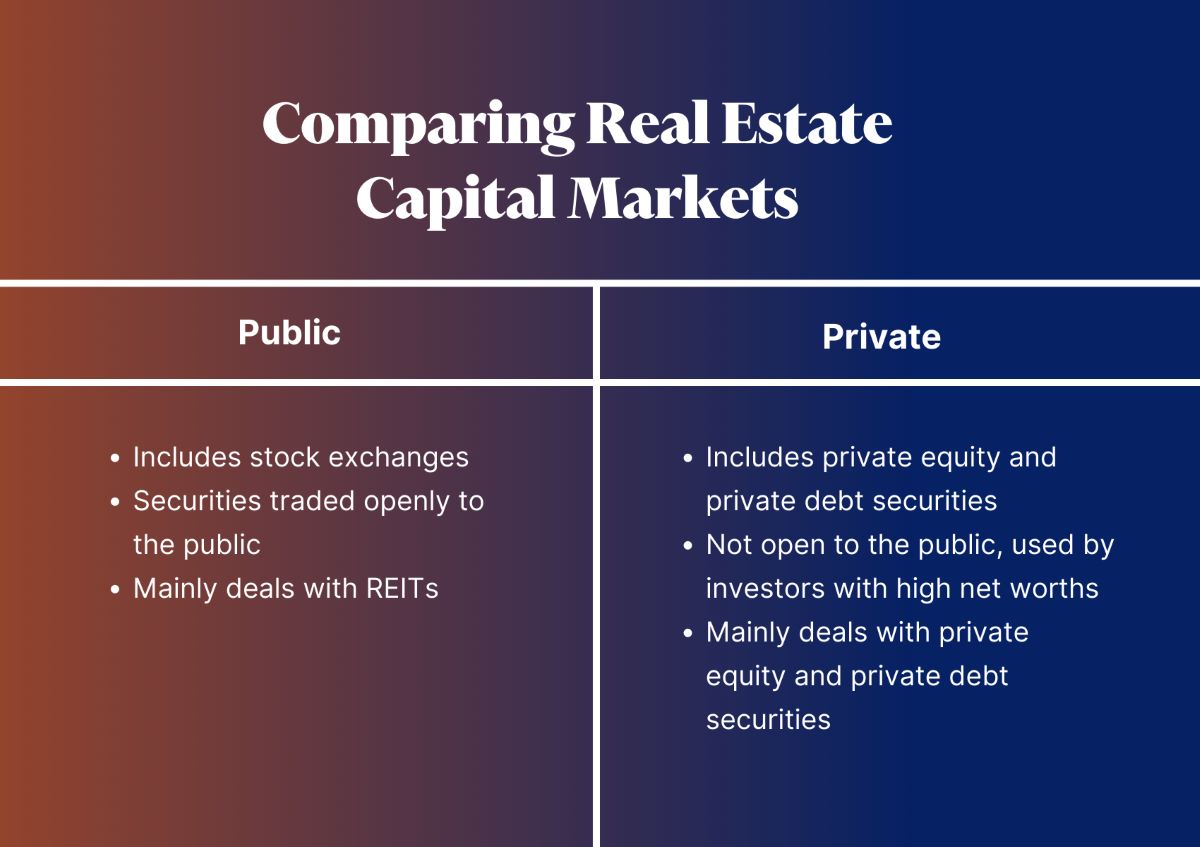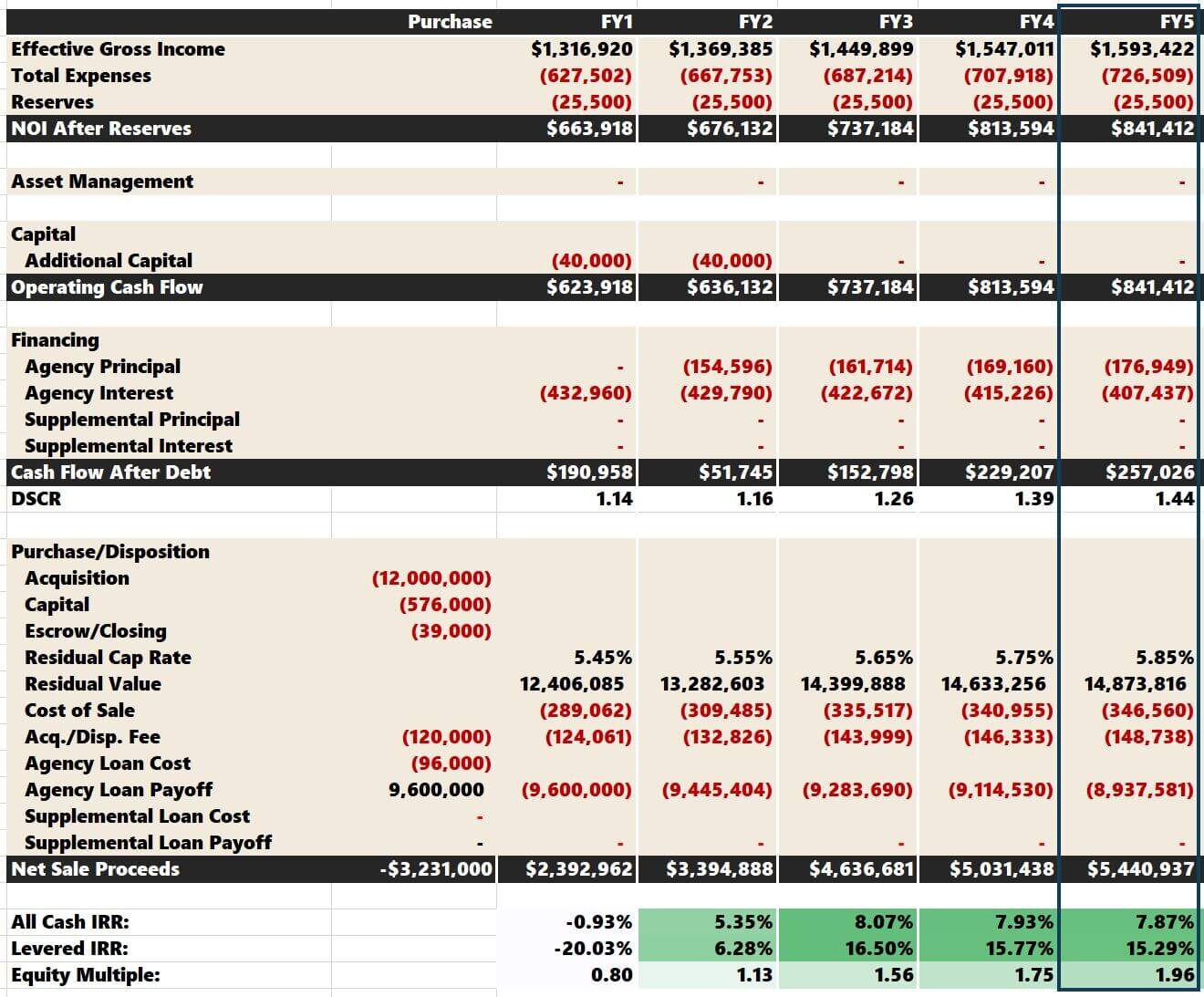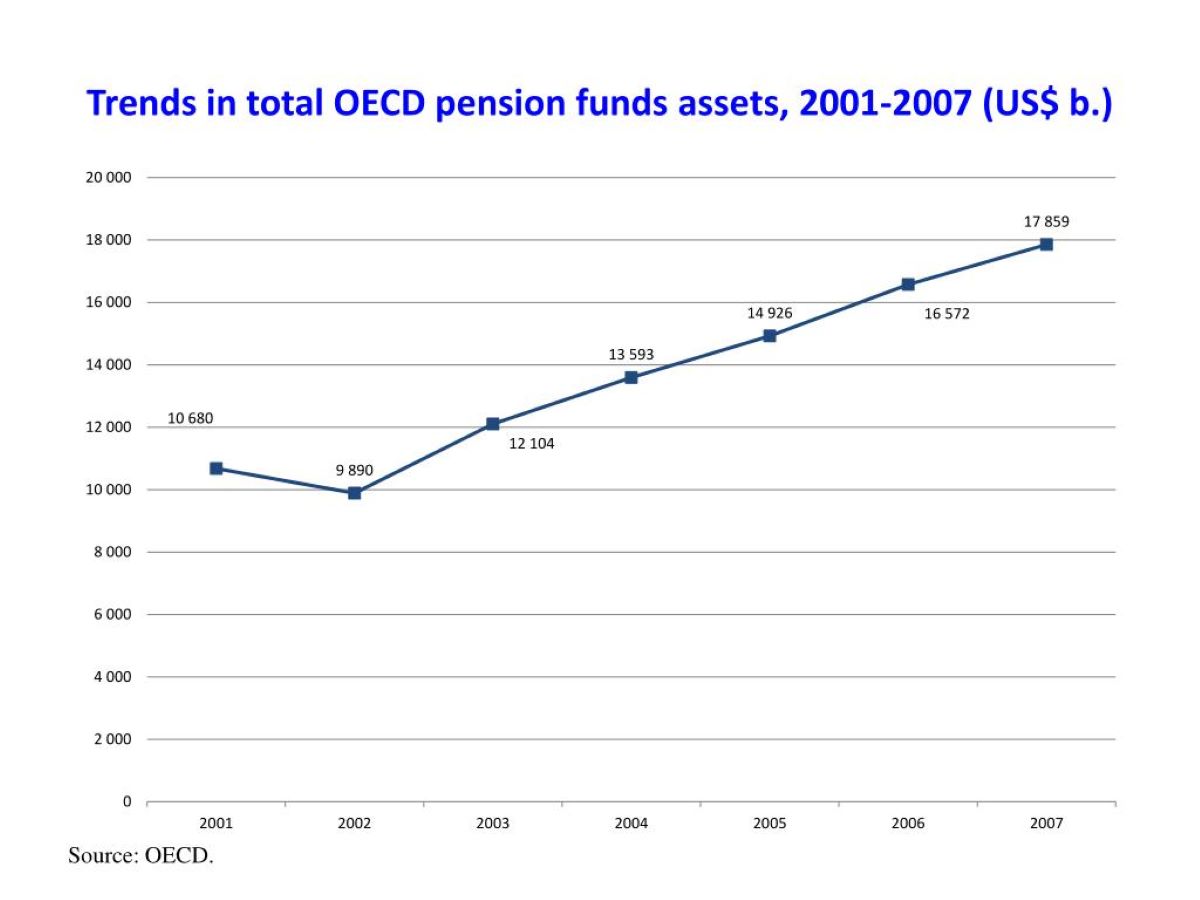Home>Finance>What Are Real Estate Market Tiers? Defining Characteristics


Finance
What Are Real Estate Market Tiers? Defining Characteristics
Published: January 16, 2024
Learn about real estate market tiers and their defining characteristics in this comprehensive guide. Discover how finance plays a key role in determining different market segments.
(Many of the links in this article redirect to a specific reviewed product. Your purchase of these products through affiliate links helps to generate commission for LiveWell, at no extra cost. Learn more)
What Are Real Estate Market Tiers? Defining Characteristics
Are you interested in the world of real estate investment? If so, you’ve likely come across the term “real estate market tiers.” But what exactly does it mean? In this blog post, we’ll explore the concept of real estate market tiers, their defining characteristics, and why they matter for investors.
Key Takeaways:
- Real estate market tiers classify areas into different categories based on their desirability and investment potential.
- Tier 1 markets are typically large metropolitan areas with strong economic fundamentals and high demand for real estate.
When it comes to real estate investment, understanding market dynamics is crucial. Real estate market tiers are a classification system that helps categorize areas based on their desirability and investment potential. By dividing markets into tiers, investors can gain valuable insights into market trends and make more informed investment decisions.
So, what are the defining characteristics of each real estate market tier? Let’s break it down:
Tier 1 Markets:
Tier 1 markets are typically large metropolitan areas with strong economic fundamentals and high demand for real estate. These markets offer a wide range of investment opportunities and attract both local and international investors. Some key characteristics of Tier 1 markets include:
- High population: Tier 1 markets have a large and growing population, which drives demand for housing and commercial properties.
- Strong job market: These markets boast robust employment opportunities, attracting professionals and creating a steady demand for rental properties.
- Infrastructure: Tier 1 markets usually have well-developed transportation systems, schools, hospitals, and other amenities that make them attractive to residents.
- Diverse economy: These markets are often home to a mix of industries, providing stability and resilience in economic downturns.
- Higher property prices: Due to their desirability and demand, properties in Tier 1 markets tend to have higher prices compared to other tiers.
Investing in Tier 1 markets can be a smart choice for investors looking for long-term growth and stability. However, it’s essential to conduct thorough research and analysis to identify specific opportunities within these markets and ensure the investment aligns with your financial goals.
While Tier 1 markets are often seen as the most desirable, it’s important not to overlook other tiers. Each tier has its own unique investment potential and may offer opportunities that are better suited to your investment strategy and risk tolerance.
In conclusion, real estate market tiers are a valuable tool for understanding and categorizing different areas based on their desirability and investment potential. Tier 1 markets, with their strong economic fundamentals and high demand, offer numerous investment opportunities. However, it’s crucial to conduct extensive research and analysis to make well-informed investment decisions that align with your specific goals and risk appetite.














